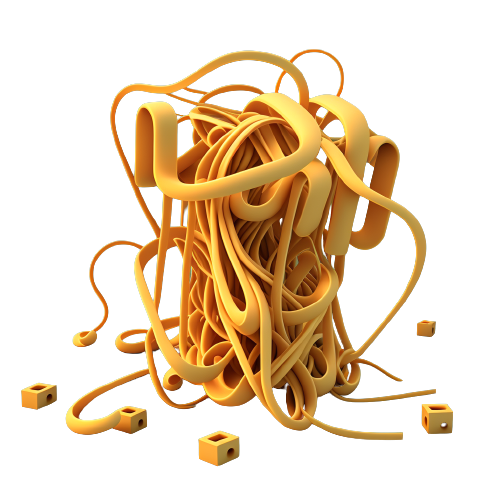Encapsulated ¶
Link to their own
css and/or js files
and can be copy/pasted to other projects without modifications.
